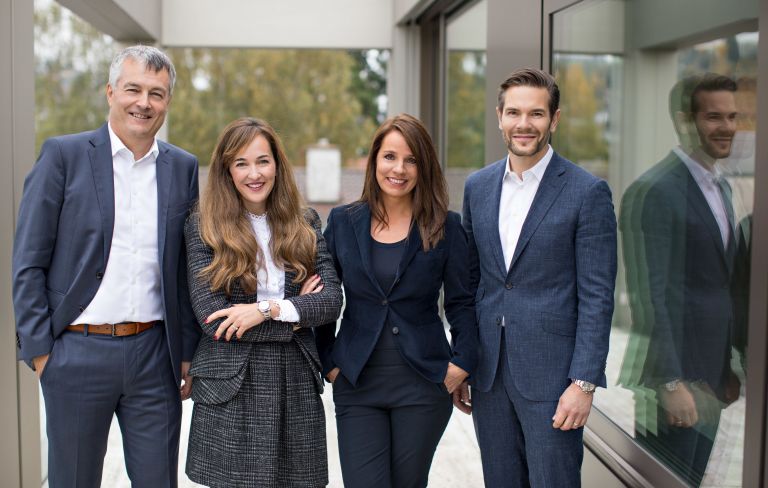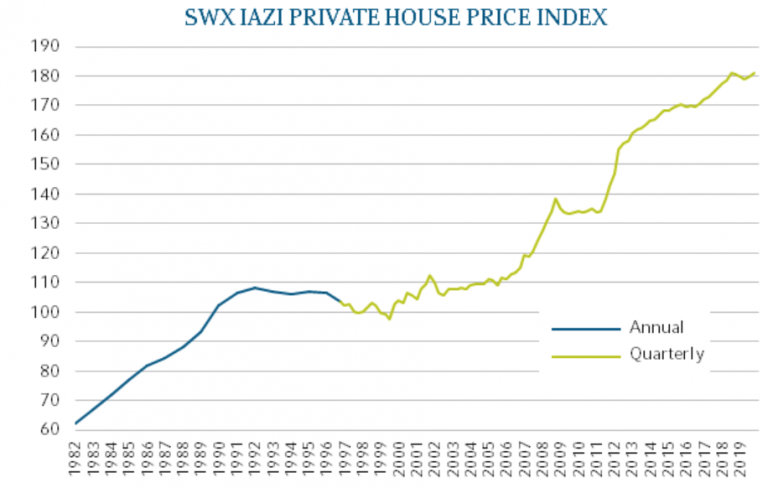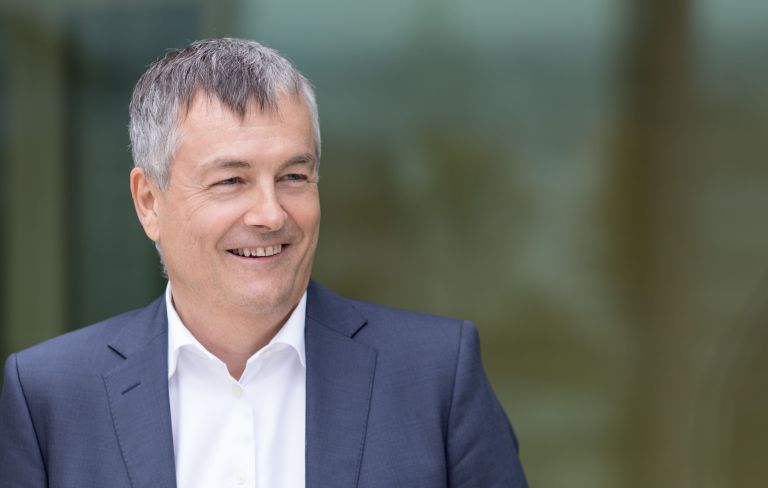The online magazine Luxury Defined of Christie’s International Real Estate has asked four specialists from Christie’s International Real Estate’s global affiliate network about their segments of the vineyard real estate market: Bordeaux in France, Napa Valley in USA, Douro Valley in Portugal and Tuscany in Italy.
The Market in Bordeaux, France
According to Michael Baynes, co-founder and executive partner of Vineyards-Bordeaux, a subsidiary of Maxwell-Baynes Real Estate divides the Bordeaux vineyard market is “… a buyers market” but divided into three segments, or “silos” with very different profiles.

In the Bordeaux region, near Saint-Émilion, this turnkey vineyard estate, built in the 14th century, includes a fully restored manor house, a winery, and 9.4 hectares (about 23 acres) of AOP Bordeaux Supérieur vines surrounded by private parkland. Trademarks, wine cultivation, and winemaking equipment are included in the sale, along with storage cellars, a workshop, and a barn.
Baynes continues: “Silo 1 has the biggest market share—over 70 percent—and is attracting the most attention. There, marginal vineyard farmers, unable to compete in the global market, struggled to maintain prices that serviced their debt. When interest rates increased, the banks stopped lending, Baynes said, “creating a vicious cycle of decline and, in many cases, business closure.”
Then there’s the much smaller Silo 2: “Vineyards with historically good brands, good product and competent management,” Baynes said, “but due to the bank exposure to Silo 1, and due to increased interest rates, banks have terminated their support to Silo 2 vineyards, creating an urgent need to sell.”
And the third market, smallest of all? Silo 3 consists of vineyard businesses that are not in bad shape and have low motivation to sell—that is, they are happy to wait until they attract a normal market value. “This Silo 3 has changed very little in price and quality,” Baynes said.
Baynes’ conclusion: “Ensure that dream of vineyard ownership is not undermined,” he said, “by deferred capital expenditures and losses that are commonplace amongst the sectors of the market that look most (price) attractive.”
The market in Napa Valley, USA
In Napa Valley, “… all indicators are suggesting this vintage is set to produce some of the best wines of the past three decades,” said Robyn Bentley, CEO of Wine Country Consultants, a division of Christie’s International Real Estate San Francisco | Marin | Wine Country.

In Napa Valley, “Harvest 2024 has begun and all indicators are suggesting this vintage is set to produce some of the best wines of the past three decades,” said Robyn Bentley, CEO of Wine Country Consultants, a division of Christie’s International Real Estate San Francisco | Marin | Wine Country.
But cyclical market factors are regularly affecting the vineyard estate market. Bentley said: “Opportunity abounds for investors/buyers.”There are more vineyards and wineries on offer than usual, their owners are motivated and open to creative financing, and her company is ready to help: “We also have world-class viticulture consultants and lenders ready to support both buyers and sellers, with due diligence and strategic advice.”
As a conclusion, Bentley acknowledges the challenges facing Napa/Sonoma wine growers but remains optimistic about Napa’s prospects for strong, long-term wine production and asset-value appreciation in prime Napa and Sonoma, particularly the sub-AVAs.
The market in Douro Valley, Portugal
“Portugal has seen successive records in tourism and the Douro is no exception,” said Ricardo Costa, CEO, LUXIMOS Christie’s International Real Estate.
“Many visitors come not just to buy and taste wines but with the intention of buying property, which has great potential for profitability through tourism—especially wine tourism,” Costa said.

Located in the Santa Marta de Penaguião region, this 19-hectare (47-acre) working vineyard on the River Corgo produces its own brand of Port and DOC Douro wines. The 16th-century manor house and outbuildings have been adapted for wine tourism with a tasting room and retail business, event space, and extensive grounds with a pool. An olive grove and olive-oil production facility is included in the sale.
The vineyards of the Douro are also valued for their luxury tourism potential. Costa reported that many traditional estates have been converted into boutique hotels. “This demand and the scarcity of available quintas [traditional wine estates] have driven up prices and property values,” but the Douro, he said, “still offers competitive opportunities when compared to other renowned wine regions such as Tuscany or Bordeaux.”
“The Portuguese government is offering incentives for the rehabilitation of cultural and agricultural heritage, creating opportunities for new buyers to turn estates into profitable businesses.” Another incentive is Portugal’s Golden Visa program, which allows foreigners to live in Portugal and move freely within Europe’s Schengen area.
He reported an increasing interest from both national and international clients, “particularly the British, French, Americans, and Germans,” he said.
Costa also cited the region’s status as a UNESCO World Heritage Site. “This classified area covers 24,600 hectares [95 square miles] of vineyards along the River Douro and its tributaries,” he said.
The market in Tuscany, Italy
“Tuscany, famous for its exceptional wine and scenery, continues to offer unique opportunities for vineyard investments,” said Danilo Romolini, sales manager at Agenzia Romolini Immobiliare. Its prestigious wine estates—Brunello di Montalcino, and Chianti Classico—have established a reputation for excellence that draws both local and international investors.

This 14th-century wine estate in Tuscany’s picturesque Val d’Orcia encompasses 4 hectares (9.88 acres) of Sangiovese vineyards. The on-site winery produces around 30,000 bottles of Brunello di Montalcino DOCG, Rosso di Montalcino DOC, and Toscana IGT. The estate includes an owner’s residence and a boutique guest house with a pool.
According to Romolini, “buyers and sellers in Tuscany can expect to encounter a range of opportunities and challenges. On one hand, the region’s regulatory framework ensures the preservation of winemaking traditions and quality, making it a strong long-term investment. On the other hand, navigating local legislation, as well as understanding the nuances of vineyard management and production, can be challenging for those unfamiliar with the process.”
He also reported that the wine business in Tuscany offers interesting investment options across various price ranges: “Brunello di Montalcino vineyards can fetch up to €1 million per hectare [US $1.12 million per 2.47 acres], while Rosso di Montalcino lands are priced at around €500,000 per hectare. In Bolgheri, prices range from €500,000 to €1 million per hectare, reflecting the region’s growing prestige. Meanwhile, Chianti Classico offers more accessible options, with land prices ranging between €150,000 and €250,000 per hectare.“
Romolini’s conclusion: “Whether aiming for premium wine production or a balanced investment, Tuscany’s wine market offers a variety of opportunities that suit different investor profiles.”
Looking elsewhere for a vineyard investment? WüstundWüst’s partner Christie’s International Real Estate offers the guidance and expertise of local vineyard specialists in the great wine regions of South Africa, Australia, and Argentina.


